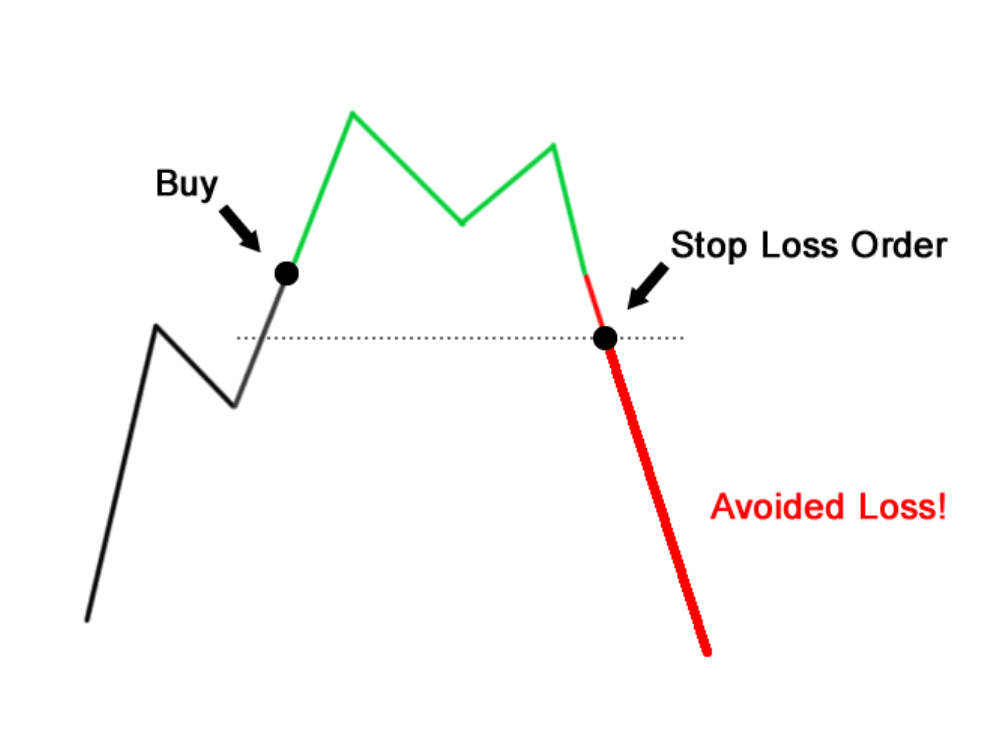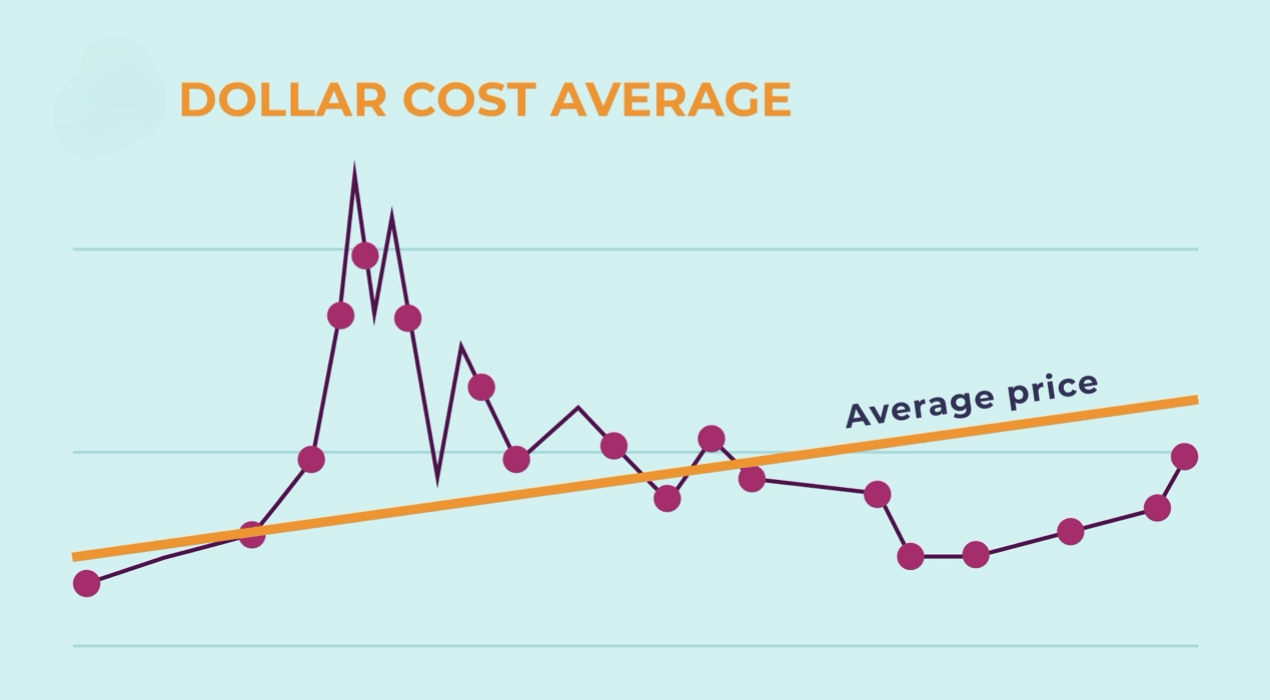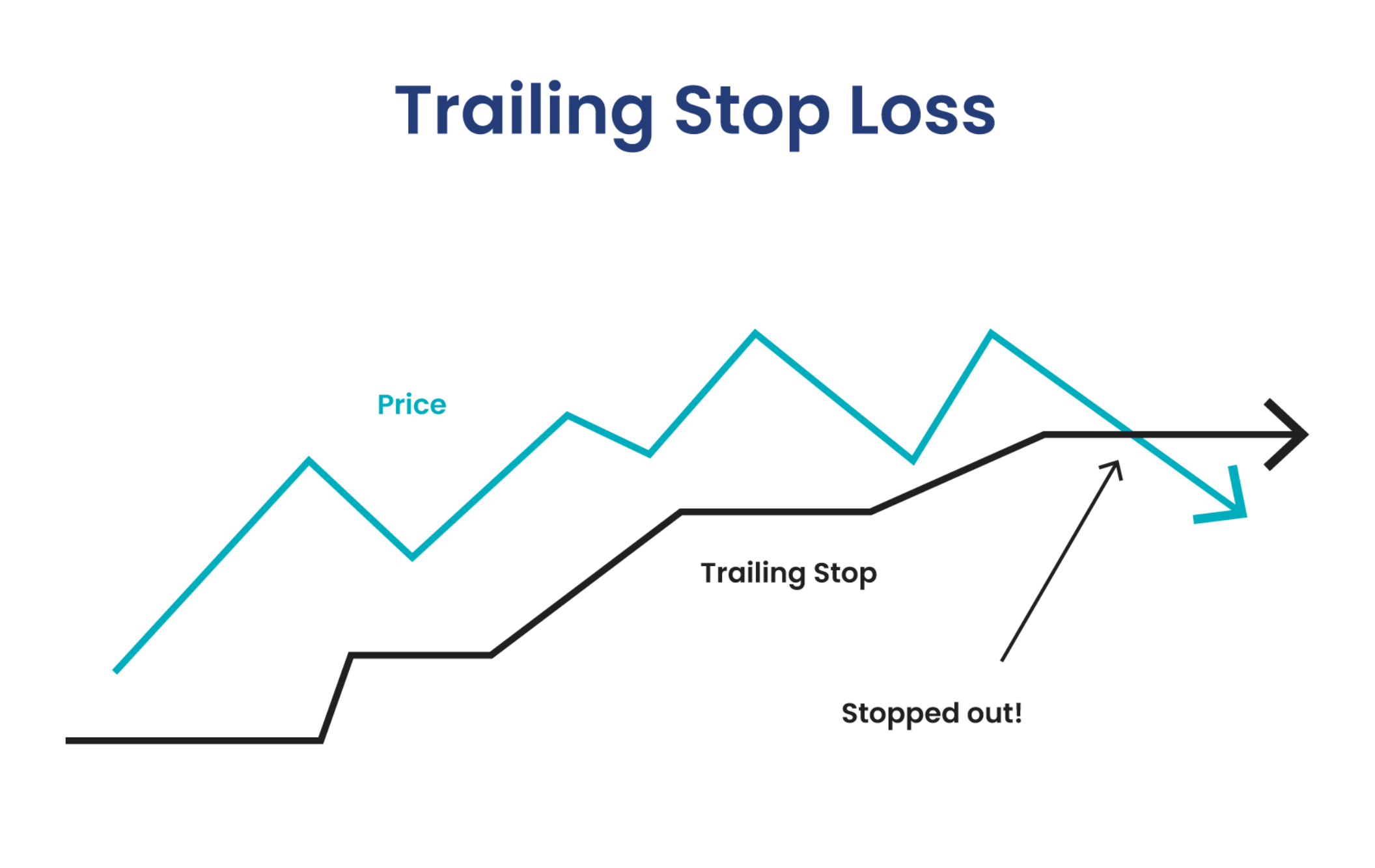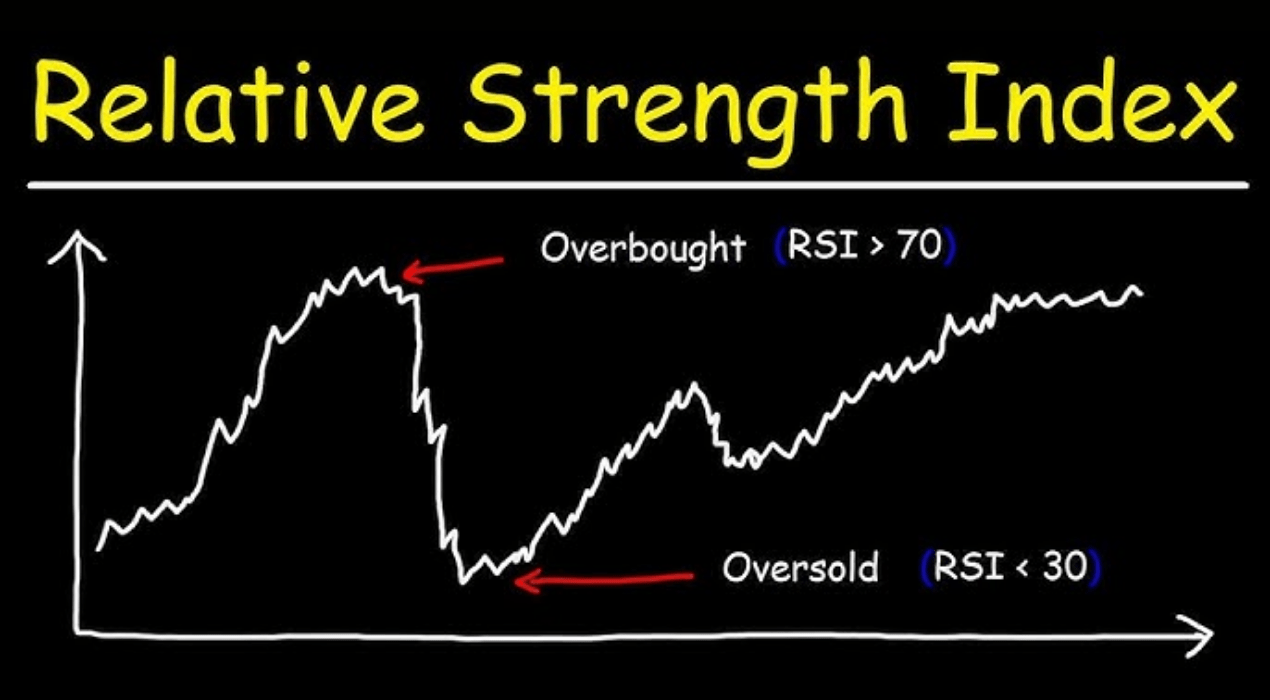Alongside entering the market, knowing when to exit is crucial. Let’s explore exit strategy and how iFlux can enhance your trading experience.
An exit strategy serves as a safety net, protecting traders from significant losses and ensuring they can continue their trading journey. Emotions often lead us to make hasty and risky decisions; in such moments, exit strategies act as a guiding compass. In this post, we will explore different exit strategies, their significance, and how to effectively apply them using iFlux Global.
What is an exit strategy?
A stop-loss order is designed to automatically sell an asset when it reaches a predetermined price, helping to minimize potential losses. This strategy involves setting predetermined price points or time frames for selling, ensuring that emotional decisions do not interfere with judgment. By having a clear plan, traders can avoid common pitfalls like FOMO and panic selling during market downturns.
Knowing when to implement your exit strategy is essential. Market conditions, personal financial goals, and changes in the underlying fundamentals of a cryptocurrency can all trigger the need to sell. For instance, if a coin reaches a specific profit target or if significant negative news impacts its value, having an exit strategy allows you to make informed decisions swiftly.

Why you should have an exit plan in crypto trading
Staying in a position for too long can result in substantial losses. A thoughtfully designed exit strategy can reduce risks while enhancing your chances of making profits. Here are several key reasons why it’s essential to have an exit plan as a trader.
Remove emotional decision-making
Emotions can cloud judgment, leading to poor investment choices such as panic selling or hasty decisions. An exit plan helps you stay rational, allowing you to make calculated moves based on your strategy rather than emotions.
Seize new opportunities
If prices dip compared to your initial investment, having an exit strategy allows you to reassess your position and capitalize on new opportunities, rather than getting stuck in a losing trade.

Achieve your goals
Every trader enters the market with different objectives. For instance, if you set a profit target of 30% on Ethereum, reaching that goal may be the perfect time to exit before a downturn occurs. Your exit plan should align with your financial aspirations, ensuring you take profits when you can.
Prepare for the unexpected
The crypto landscape can shift unexpectedly due to market trends, regulations, or even technological changes. An exit strategy prepares you for unforeseen events, allowing you to minimize potential losses and take advantage of favorable conditions.
Plan for future transitions
Just like businesses, traders should consider what happens when key decisions need to be made. Whether it’s stepping back from trading or reallocating assets, a clear exit plan helps you navigate these transitions smoothly.
In summary, a solid exit strategy is not just a safety net; it’s a vital component of a successful trading strategy in the world of crypto. By planning ahead, you position yourself to make informed decisions and achieve your investment goals.
5 exit strategies for traders
Stop-Loss orders
A Stop-Loss order is placed to automatically sell an asset when its price reaches a specific level to limit potential losses. Simply put, it’s a tool that allows investors to set a maximum loss they are willing to accept in a trade.
For example, suppose you buy 100 coins A at $50 each. To protect your profits from market volatility, you set a Stop Loss at $45. If the price drops to $45, your Stop Loss will trigger, automatically selling your coins to prevent further losses.

Using Stop-Loss orders:
- Percentage-based stops: Establish a stop-loss at a certain percentage beneath your entry price. For example, if you purchase Bitcoin at $80,000 and set a 7% stop-loss, your trade will close if Bitcoin falls to $74,400.
- Technical stop-loss: Position your stop-loss below a significant support level or moving average. For instance, if Bitcoin is above the 150-day moving average at $50,000, you might consider placing your stop just under that mark.
Take Profit
A Take Profit order, also known as a profit-taking order, is set by investors at their desired profit level. When the price moves as anticipated and reaches the specified point, the order is executed immediately, allowing the investor to realize the expected gains. While a Stop-Loss helps prevent losses, a Take Profit ensures you secure the profits you aim for.
Here’s how to set it up:
- Place a buy order: Purchase a cryptocurrency (e.g., Bitcoin) with the expectation that its price will rise.
- Set a profit target: Determine the price level at which you want to take profit (e.g., if you buy Bitcoin at $80,000, you might aim for $90,000).
- Establish the Take Profit order: Set your Take Profit at your target price (e.g., $90,000). When the price reaches this level, the order will automatically execute, selling your Bitcoin and locking in a profit of $10,000.
Dollar-Cost Averaging (DCA)
DCA is a very common concept, and it also acts as an effective exit strategy. It is an investment strategy where you invest a fixed amount of money regularly into an asset, regardless of its price fluctuations. This approach helps reduce risk in highly volatile markets like cryptocurrencies.
Imagine you bought 1 Bitcoin for $40,000. As the market heats up, the price climbs to $80,000. Instead of selling your entire holding at that peak, you choose to sell 0.1 Bitcoin at $80,000, then another 0.1 Bitcoin at $85,000, and so forth. Dollar-Cost Averaging allows you to secure some profits while still having the potential to benefit from any further price increases.

Trailing stops
A trailing stop is an automated stop-loss order that adapts to changes in the asset’s price. In contrast to a fixed stop-loss, a trailing stop moves in line with market fluctuations, allowing investors to safeguard profits during upward trends and reduce losses during downturns.
There are 2 types of trailing stops:
- Trailing Stop buy: Optimizes buying an asset when its price drops and starts to rise again.
- Trailing Stop sell: Protects profits when the asset’s price rises and reduces risk when the price falls.

How to use:
- Set the Trailing Stop percentage or value: For instance, with a 5% trailing stop (which is the distance you set), if Bitcoin rises from $70,000 to $80,000, your stop-loss will adjust to $76,000 (5% below $80,000).
- Continue Monitoring: If the price increases further to $90,000, your stop-loss will then adjust to $85,500 (5% below $90,000).
Technical analysis indicators
Many traders utilize technical analysis tools to determine exit points based on market signals rather than emotional reactions. Here are some commonly used indicators.
Moving Averages
For example, if Bitcoin’s price drops below its 50-day moving average, it may signal a bearish trend. Exiting at this point can help you avoid additional losses.
Relative Strength Index (RSI)
When Bitcoin’s RSI exceeds 70, indicating that it is overbought, this might suggest a price reversal. Exiting at this point helps lock in gains before a possible decline.

Parabolic SAR (Stop and Reverse)
The Parabolic SAR indicator displays points above or below the asset’s price, signaling potential trend reversals.
Combining Strategies for Optimal Results with iFlux
Mastering exit strategies is crucial in crypto trading, and iFlux Global offers a trio of powerful tools to elevate your game: Token Installment, Daily Earn, and Limit Orders. Combining these can turn volatility into opportunity like never before.
Start with Token Installment, which lets you buy tokens on flexible terms with the entry price locked in, shielding you from market swings. Bought Bitcoin at $40,000? That price stays fixed, letting you plan your moves with confidence.
Pair it with Limit Orders to set precise exit points—e.g. sell at $50,000 if the price spikes or exit at $38,000 if it dips, securing your gains or cutting losses on your terms.
Add Daily Earn to the mix for a steady income stream. While holding or repaying installments, earn crypto daily through a solid 12% APR. This passive boost complements your exit strategy, turning idle capital into profit.
⇨ Use Limit Orders to lock in profits or exits, Token Installment to maintain price stability, and Daily Earn to grow your wallet. Whether you’re a newbie or a pro, this combination maximizes returns without the stress.
After all, we all enter the market with the hope of making gains, but the cryptocurrency landscape is full of unexpected challenges. Knowing when to exit an investment can position you for better opportunities in the future. These 5 exit strategies can further support you in your trading journey, helping you navigate the volatility and make informed decisions. By adopting these strategies, you can strengthen your trading discipline and make significant strides toward your financial objectives.
About iFlux Global
iFlux Global is an advanced cryptocurrency financial platform designed to democratize access to sophisticated digital asset services. The platform’s core mission centers on providing universal access to advanced financial services, enabling investors to manage and grow their cryptocurrency portfolios effectively.




